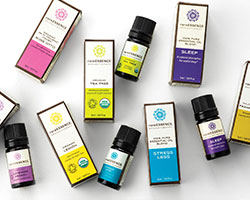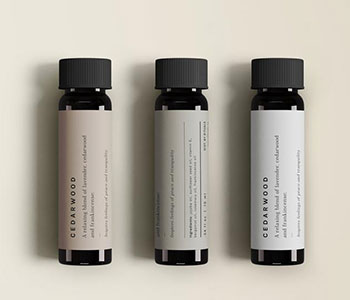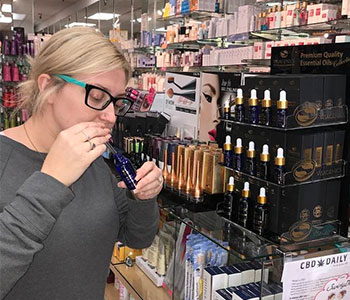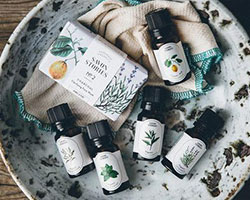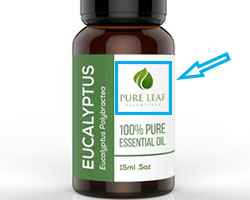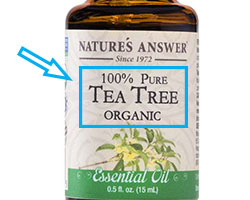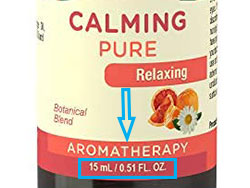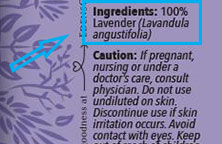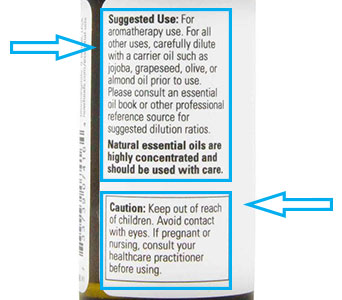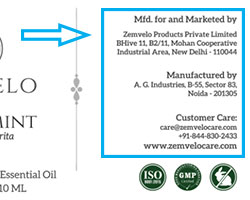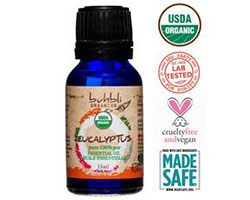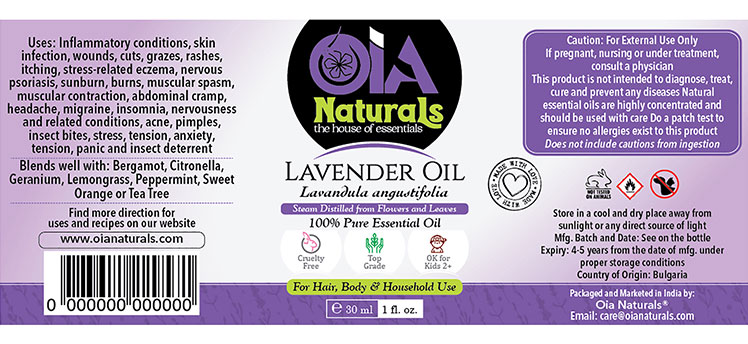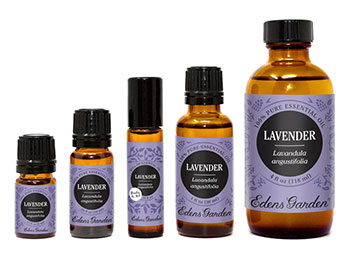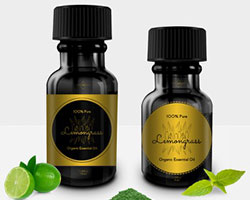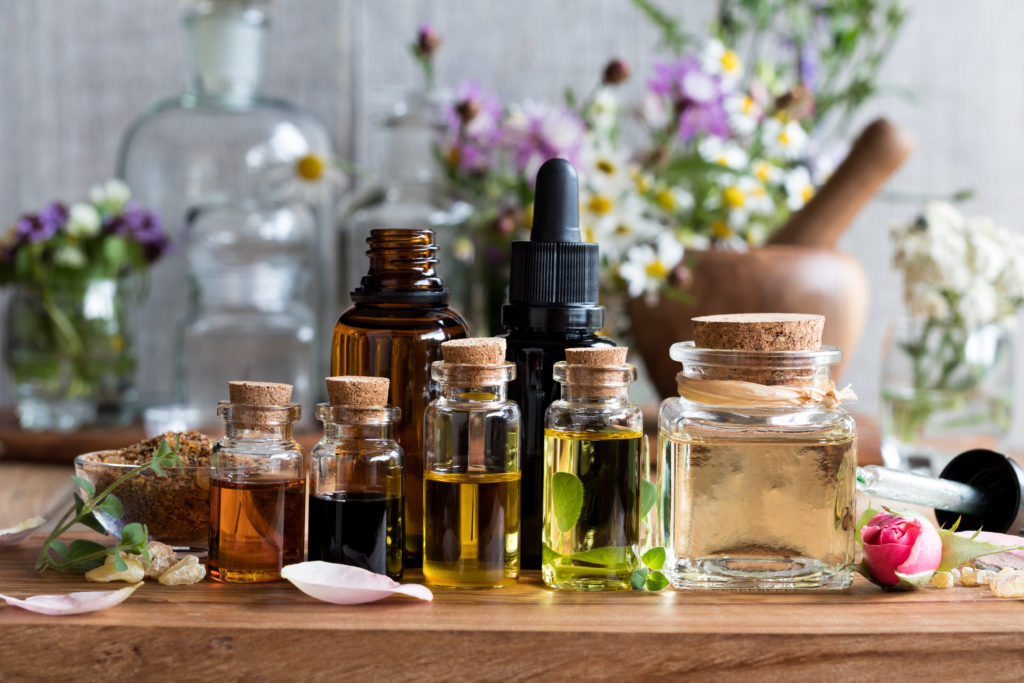
Why Essential Oil Labels Matter
Together with boxes, labels are what we call secondary packaging.
The primary packaging is your container – the dropper bottle, the spraying bottle, the roller, vial, or whatever you’re selling your oils in.
It’s important that your container is suitable and made of quality materials.
But it’s the secondary packaging that actually sells your product!
And here’s why…
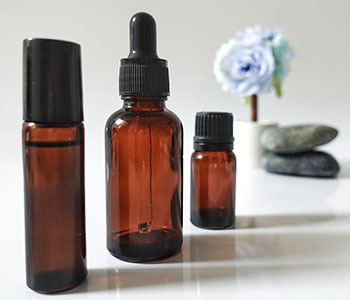
Labeling is the easiest way to customize your product
This also creates a good image for a business that needs to grow on the market. An extra detail that adds extra value.
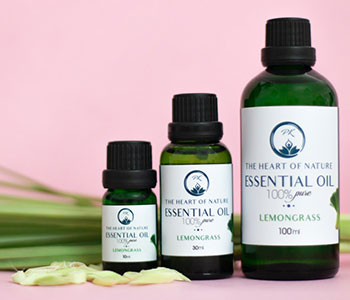
Anyway, if you’re producing large volumes of essential oil, or if you’re selling directly from the shelves (or in online shops), or if you’re limited on the budget…
The perfect solution to brand and customize your oil containers is essential oil labels!
Essential oil labels sell your product
So, the second thing to take into consideration is providing clear and truthful information.
Tip!
Further on, we’ll expand a bit more on these two important aspects: looks and information. And for best results, make these two go hand in hand.
Here we go.
Professional Design For Enticing Essential Oil Labels
#1 Essential oil labels pop through COLOR
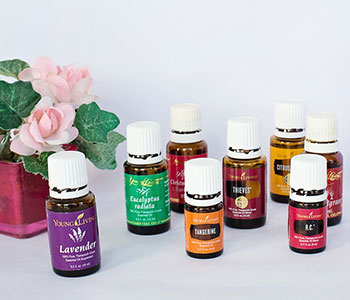
#2 Use IMAGES on your essential oil labels
Back to what I was saying, humans are visual creatures. And studies reveal that human memory remembers pictures better than words.
So why not put some images of plants or herbs on those labels? Or any image you think would represent you and your product.
Keep reading.
#3 CONTENT and compliance of essential oil labels
Brand name and logo
For example, there can be 10 different Rosemary essential oil products in a store. But only one is yours. And a customer will scan the bottles on the shelves to spot your brand, or they will ask: “Do you have the Rosemary essential oil from [your brand]?”
Keep in mind that your brand name does not necessarily have to be your company name!
Product name
Packaging size
Ingredients
Expiration date
Directions and Warnings
Company details
If you buy the gross product, you pack it and sell it, you can write “Manufactured by…” and “Packed and distributed by.”
Or, if any private labeling agreement, you’re not required to tell who your manufacturer is. Just write your company name, details and don’t forget about the website address.
Barcode (UPC Code)
Certifications
Batch number
#4 FDA's regulations for essential oil labels
- There are no “FDA-approved” essential oils
- There are only essential oils that can be “FDA compliant”
- Drug
- Cosmetic
- Or both
So you must understand which category your product falls under and carefully check the information to be FDA-compliant.
Moving forward.
Measure The Containers For The Accurate Size of Your Essential Oil Labels
When it comes to proper label sizing, you need to plan for the specific dimensions of your containers. This is a very important step.
If you need labels for several types of containers of different sizes, make sure you measure all of them properly.
I’m sure you wouldn’t want to see your money wasted on wrong-sized labels. Or your containers to look ridiculous. Or any text to be cut-off.
You know what I mean.
Order your packaging:
Any custom box type available.
Select The Right Materials And Extras For Your Essential Oil Labels
What I’m going to say might sound funny, but you need to protect your essential oil labels against… oil. If oil seeps under or onto the label, it gets damaged.
The same is valid for water and other substances. Plus frequent use and handling can scratch both the printing and the outer surface of the label.
So, technically, to protect your investment and maintain a good image of your brand, you should choose synthetic labels. A paper label will never offer this kind of protection.
You also need the labels to remain firmly applied, looking great and fresh all the time.
The easiest way to achieve this is by choosing the best quality materials with strong adhesive, and the right coatings and laminates.
YourBoxSolution has got you covered.
BOPP - to make them last and pop
What’s BOPP
This is the material (and only one) that we use for our labels (meaning…your labels). Because we respect our work and the work of our clients.
White
Printed on white film. Any color can be printed on top of the white ink.
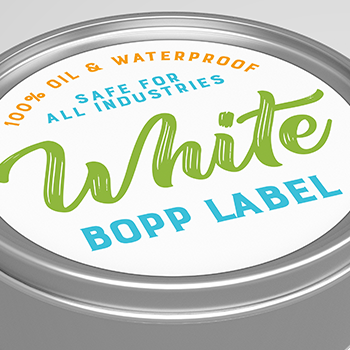
Clear
Printed on transparent background film. Illusion of an “invisible label”.
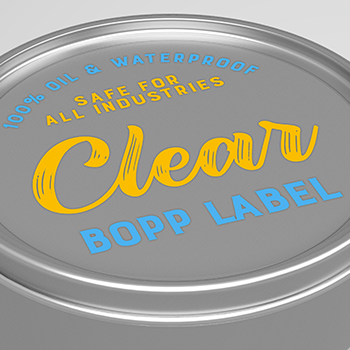
Metallic
Printed on a silver substrate. Makes all printed colors appear metallic.
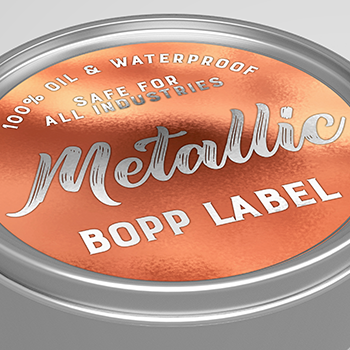
Lamination for best protection
Lamination increases the strength of the labels and provides extra protection to scratches, abrasion or manipulation.
Gloss Laminated Labels (Free)
A shiny finish and a very reflective surface to the label area.
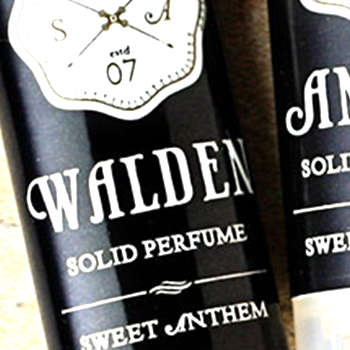
Matte Laminated Labels (Free)
A subtle, non-glossy lamination, perfect if you prefer a worn-out look.
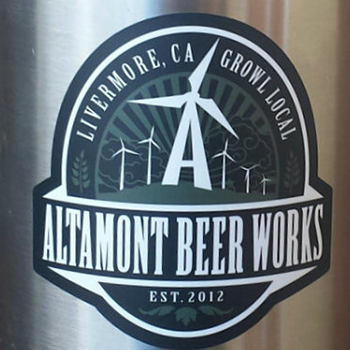
Soft Touch Laminated Labels
Creates a shine-free surface, offering a smooth feel and elegant looks.
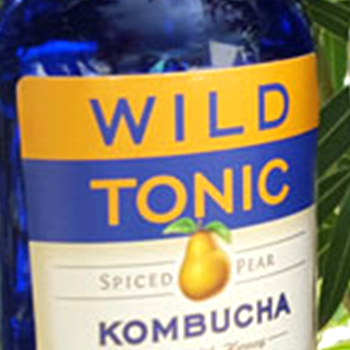
Which one do you think is the right choice for your labels?
Oh, and… they can be combined with other extras, such as gold foil.
Gold Foil
Love the golden, elegant look? Packaging labels with metallic foil stamping are a hit if you want to make your product appear high-end.
The gold foil is applied to the label surface using heat, and any design can be foil stamped.
Worried about the sizes or shapes? You don’t need to be.
YourBoxSolution labels come in any shape and design you want. Do you want cut-outs? Tell us more about it. There’s nothing we cannot print or cut.
Tip!
Some essential oil containers have cap stickers that match in color and design. They are round and small, but super useful. When bottles are arranged on shelves or in organizer boxes, they make it so easy to find the oils we want. They are also waterproof and oilproof.
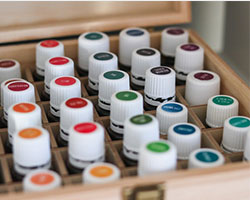
Order Your Custom Essential Oil Labels
Get creative with your essential oil labels knowing that the sky is the limit!
At YourBoxSolution we pride in using the best and most durable materials.
For our professional printing services we don’t charge for die or setup fees.
And you can always expect excellent extra customization.
All to make everyone go crazy about your oils.
Ready to order?
Check out more guides:

